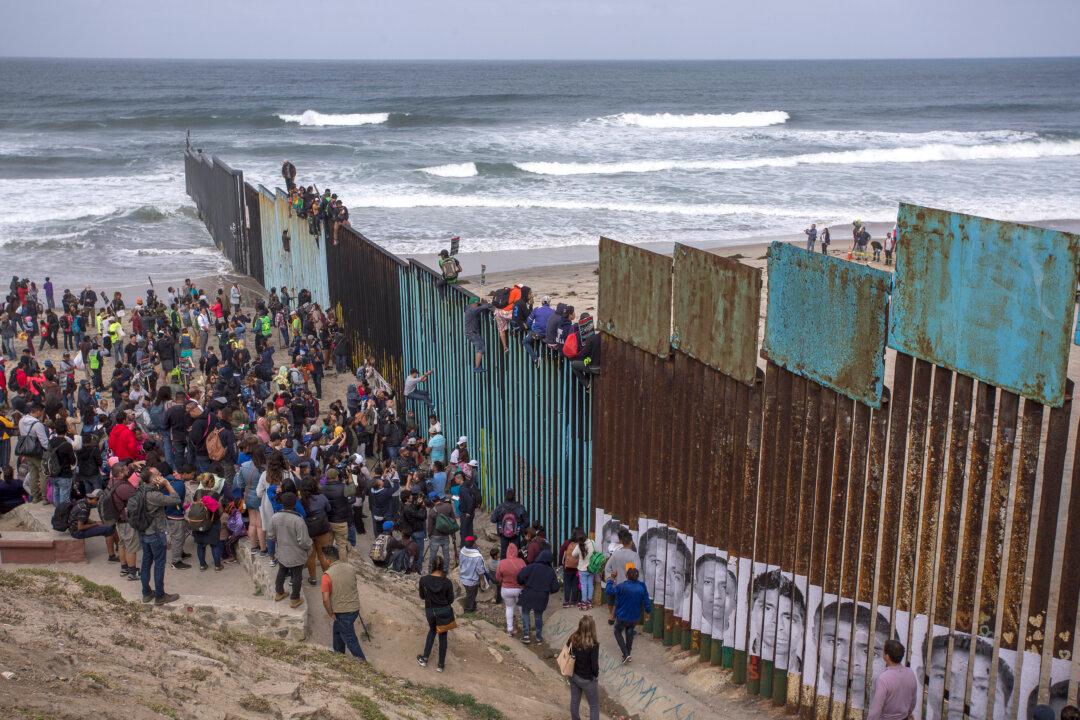WASHINGTON—As the “caravan” of migrants enters the United States from Tijuana, Mexico, the administration is trying to send a message of stronger border enforcement policies, but it is hamstrung by loopholes in U.S. immigration law.
Around 100 members of the caravan ended up in Tijuana, Mexico, on April 29, with the intention of crossing the border at the San Ysidro port of entry and claiming asylum based on a “credible fear” of returning to their home country. Most are from Honduras.





